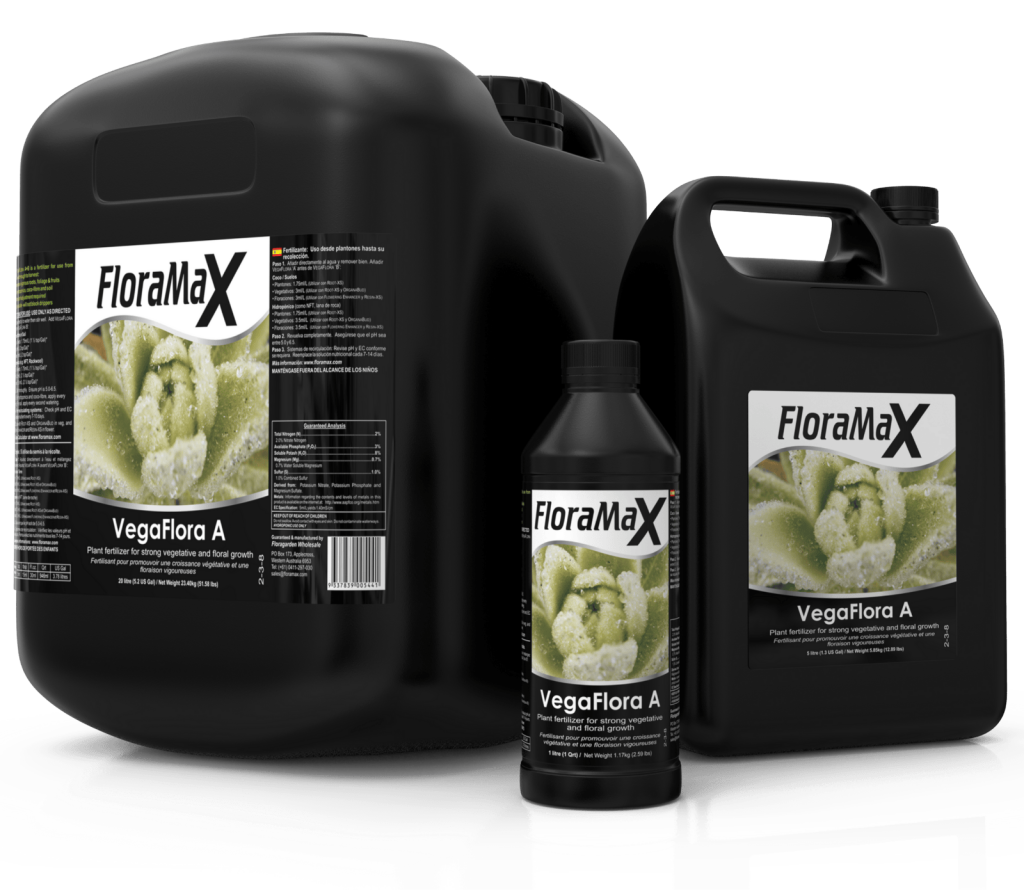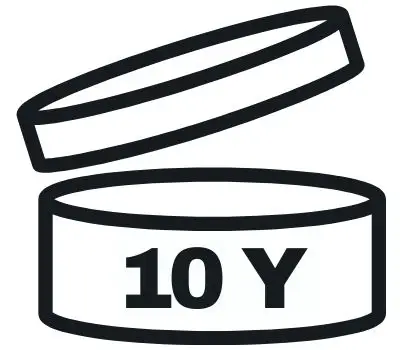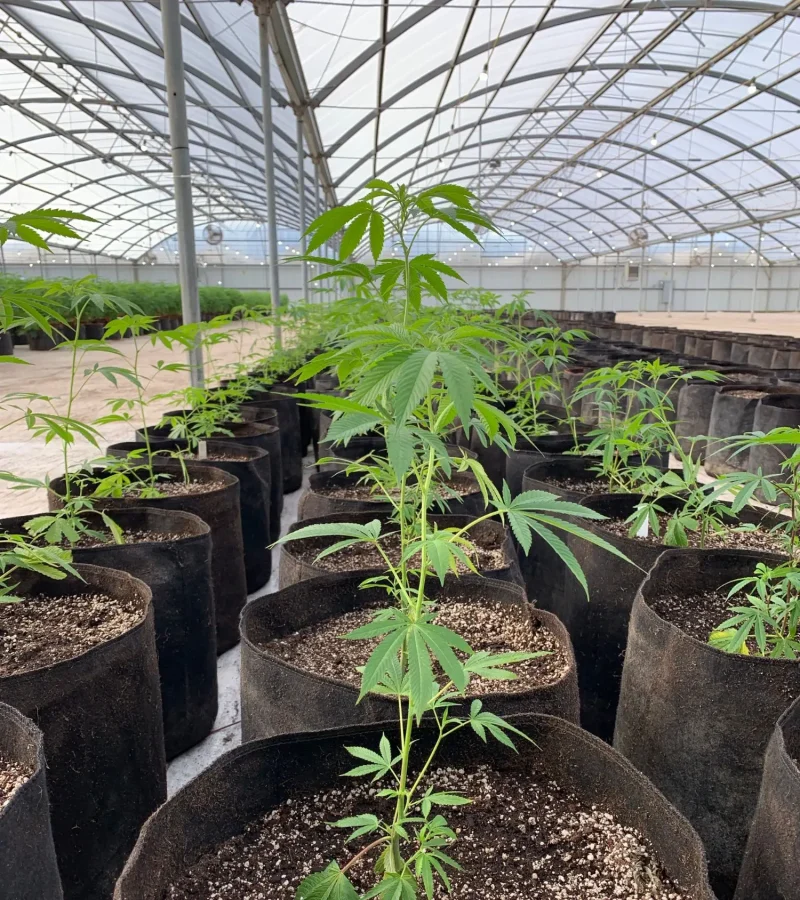Products
Base Nutrients
Veg-1
1-Part Base Nutrient
VegaFlora A+B
2-Part Base Nutrient
Core Additives
OrganaBud best seller
Plant Structure + Fruit Quality
Root-XS
Root Enhancer
Flowering Enhancer
PK Additive + Cal-Mag-Iron + pH Stabilizer
Resin-XS best seller
No.1 Bloom Booster
Other Additives
Growth-XS new
Vegetative Growth Accelerator
Pythoff PLUS new
Build-Up Eliminator
System Maintenance
Prevents Blockage + Build-Up
Ca-Mg-Fe
Combats Deficiencies
Silica
Monosilicic Acid Additive
Clone Spray
Root + Foliage Accelerator
Cloner
Cloning Gel for Cuttings

























